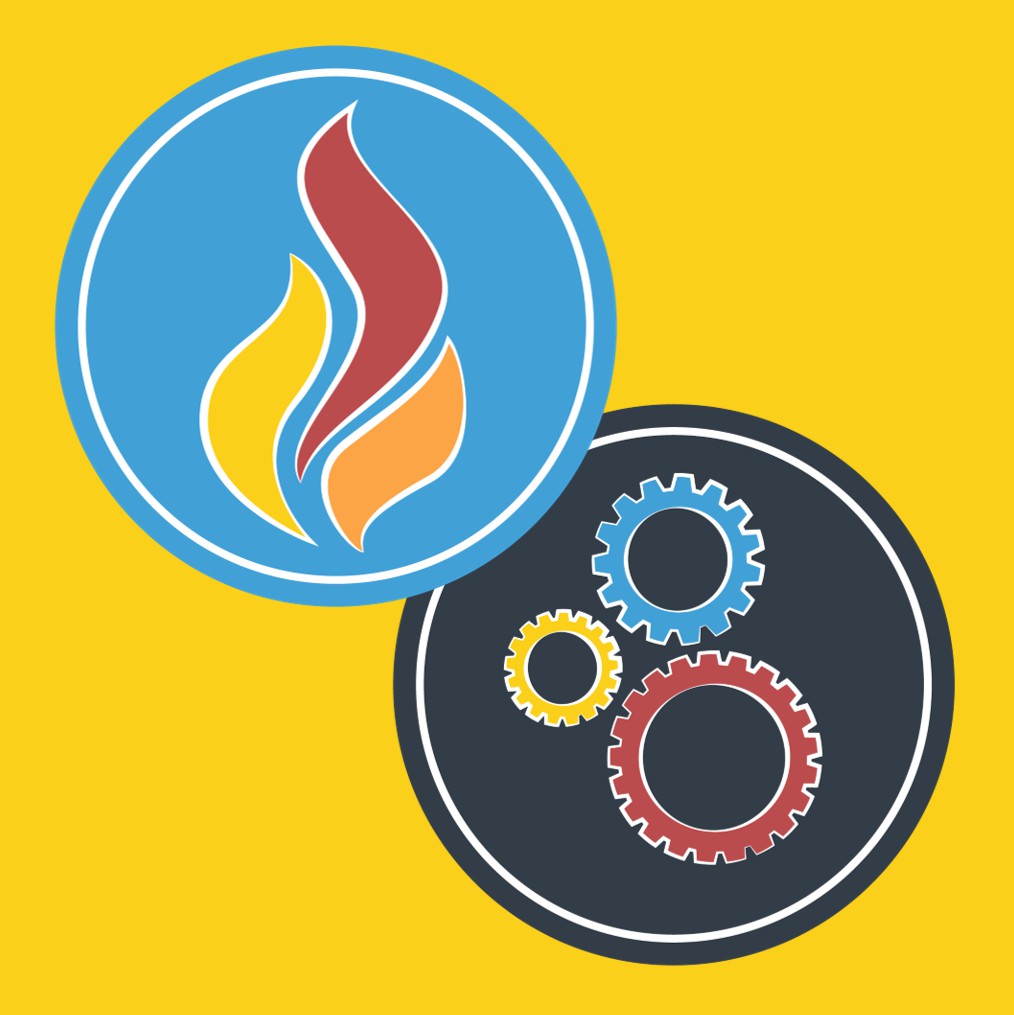Updates to Maslach Burnout Toolkit for Medical Personnel

Posted on 27 August 2018
by Issa Coultas
Understanding how to use burnout and worklife scores to design meaningful solutions can get complicated — especially in healthcare environments. That’s why we gave the Maslach Burnout Toolkit for Medical Personnel reports thorough revisions to directly address clinician burnout. The new Toolkit Individual Report and Group Report have reordered sections, new resources, and more approaches to interpret your scores.
New Profiles
Two of the new interpretation sections are the Burnout Profiles and Worklife Profiles. The Burnout Profiles were developed to identify patterns of the burnout experience. The profile types are Engaged, Ineffective, Overextended, Disengaged, and Burnout. The goal with these profiles is to inform the design of burnout interventions. For example, someone who matches the Ineffective profile is experiencing loss of confidence in their abilities and may need a solution involving more recognition for their good work. Whereas someone who matches the Overextended profile is experiencing exhaustion that may be due to long work hours or disruption and may need a solution involving workload or resource maintenance.
The Worklife Profiles were developed to identify the reported mismatch or fit an individual feels with each area of worklife. The profile types are “mismatch,” “average fit,” or “good fit”. The classification is based on the participant’s percentile score for each area of worklife compared to a population of over 22,000 people across a diverse set of occupations. Interventions should be focused on the areas of worklife that are a “mismatch”.
Toolkit for Medical Personnel – Individual Report
The Toolkit for Medical Personnel Individual Report supports the clinician’s personal journey from burnout assessment to remediation with new content and resources. Working as a clinician and in a healthcare environment is a unique experience. That’s why it was critical that the new reports specifically address clinician work styles and work environments in each section. In the Toolkit Individual Report, participants will learn about why the healthcare environment (and culture) may lead to burnout.
The Toolkit Individual Report now also includes appendices with additional resources and recommended reading. For example, appendix D lists the preferred coping strategies ranked by a survey of over 7,000 US medical personnel, and appendix G lists recommended reading specifically for clinician and healthcare work environments.
1. Introduction
2. Why is Burnout Important?
3. Your Profile
4. Your MBI Results
Your MBI Scale Scores
Your Group’s MBI Average Scale Scores
Your MBI Percentile Scores Compared to Your Group
You MBI Percentile Scores Compared to General Population Norms
5. Why is the Work Environment Important?
6. What Drives Burnout in the Work Environment?
7. Your Worklife Profile
8. Your AWS Results
Your AWS Scale Scores
Your Group’s AWS Average Scale Scores
Your AWS Percentile Scores Compared to Your Group
Your AWS Percentile Scores Compared to General Population Norms
9. Recommendations
Resources
Appendix A. Burnout Profiles
Appendix B. Burnout Profiles and Pattern of MBI Scale Scores
Appendix C. Burnout in Medical Professions
Appendix D. Coping Strategies
Appendix E. Suggestions for Reducing Job Stress
Appendix F. Solutions for Worklife Problems
Appendix G. Recommended Reading
Appendix H. Your Response to the MBI
Appendix I. Your Responses to the AWS
Toolkit for Medical Personnel – Group Report
The Toolkit for Medical Personnel Group Report was completely revamped to give healthcare leaders the best information and interpretation of their group. We added multiple sections to make sure leaders have all the tools they need to plan meaningful burnout solutions. Here are a few of the major updates we made:
Recommendations for the Organization: Geared towards an executive (decision-maker) audience, this section walks through how to use the Toolkit scores to implement effective burnout solutions in the organization.
Appendix A. Burnout Profile Counts: Each member of the group is classified as one of five burnout profiles - Engaged, Ineffective, Overextended, Disengaged, and Burnout. Appendix A features a table with the number of the group’s participants in each burnout profile. Short blurbs describing each profile are also included in this appendix for reference.
Appendix B. Burnout Profiles and Pattern of MBI Scale Scores: The table in Appendix B illustrates the burnout profiles as a relationship between MBI scales.
Appendix C. Worklife Profile Counts: Each member of the group is classified as having a “mismatch,” “average fit”, or “good fit” with each area of worklife in the Worklife Profile. Appendix C features a table with the number of the group’s participants in each worklife profile.
Appendix D. Demographic Counts: At the end of the Toolkit assessment, participants were asked to answer a series of optional demographic questions. Appendix D lists the number of participants in each demographic category who elected to respond to each option. The number of participants who chose not to respond to each demographic question is also reported.
Example: “How long have you worked at this Organization?”
0-6 months = 1
7-11 months = 0
1-2 years = 3
3-5 years = 4
6-10 years = 2
11-15 years = 1
16-20 years = 1
21+ years = 0
Chose not to respond = 4
Appendix E. Open-text Responses About the Organization or the Work: Each participant was asked to respond to an optional prompt, “You may enter your views on any aspect of the organization or your work in this box.” Appendix E reports these responses sorted by how a participant responded to the Maslach Burnout Inventory item: “I feel burned out from my work”.
Appendix I. Action Plan for Executives: The most effective way to prevent physician burnout is to change the organizational structure and processes that lead to burnout. This can be an intimidating change to plan even for the most seasoned leaders. Adapted from Preventing Physician Burnout by Paul DeChant and Dianne Shannon, appendix I features recommendations specifically for leaders to effectively address burnout in healthcare organizations.
1. Introduction
2. Understanding the Importance of Burnout
3. It Starts with the Work Environment
4. Group Results
MBI Average Scale Scores
AWS Average Scale Scores
5. Recommendations for the Organization
Resources
Appendix A. Burnout Profile Counts
Appendix B. Burnout Profiles and Pattern of MBI Scale Scores
Appendix C. Worklife Profile Counts
Appendix D. Demographic Counts
Appendix E. Open-text Responses About the Organization or the Work
Appendix F. Average Scores per MBI Item
Appendix G. Average Scores per AWS Item
Appendix H. Organizational Solutions for Worklife Problems
Appendix I. Action Plan for Executives
Appendix J. Recommended Reading
Already have a report? Re-download your report now! The updates will be automatically applied to your existing report.
Toolkit for Medical Personnel Buy Toolkit Individual Report Buy Toolkit Group Report

 SEARCH
SEARCH LOGIN
LOGIN  BLOG
BLOG
 CART
CART